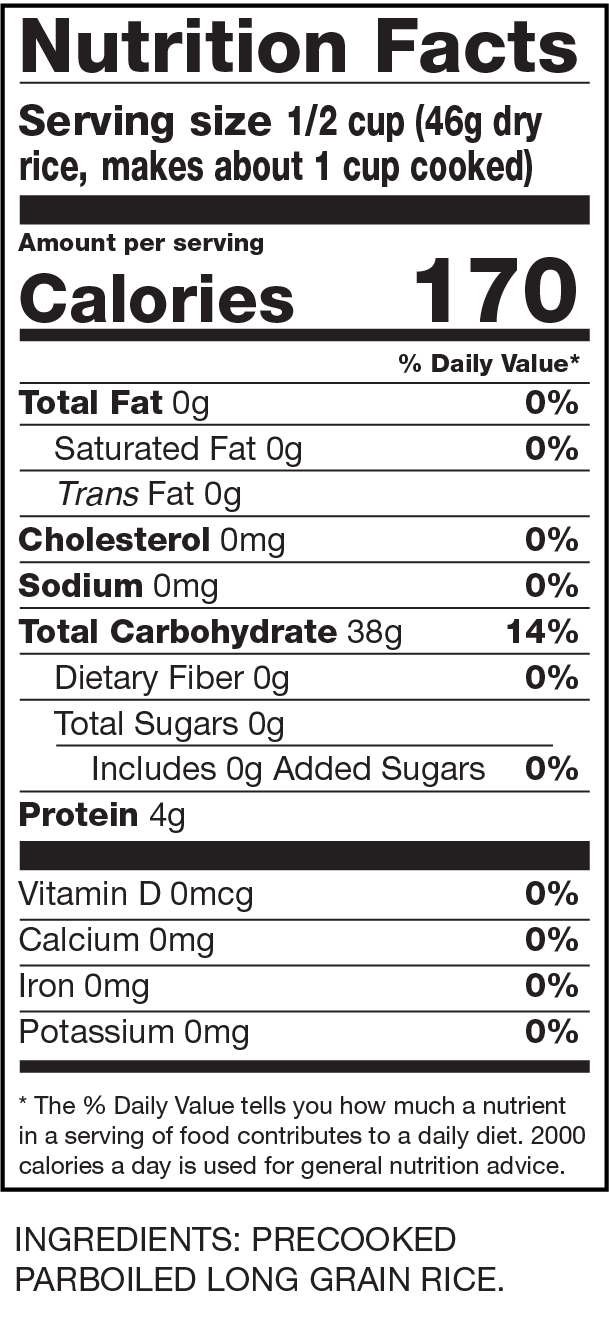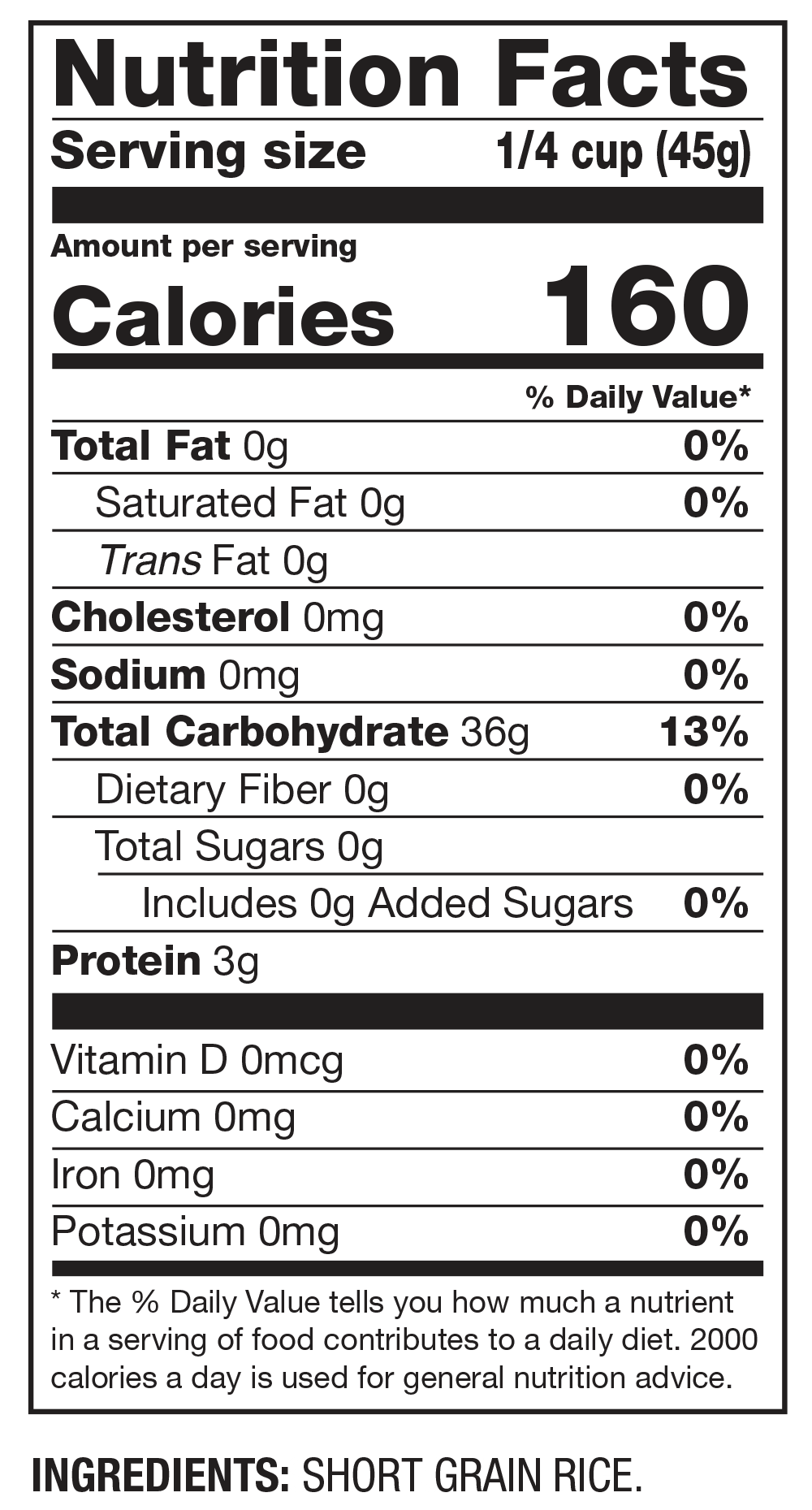

As of yet, there’s no reason to believe your caloric savings will be anywhere close to 50 percent, so mind your portions accordingly. For starters, the exact number of calories you’ll save is anyone’s guess, as the effect seems to vary by variety of rice. In Sudhair James’ experiment, as he explained to me in an email correspondence, the oil created a complex with some of the starch in the rice, transforming both the fat and the starch into a wholly new compound – an indigestible “amylose lipid complex,” otherwise known as resistant starch type 5.īut be aware of a few caveats. The effect has also been demonstrated to happen in peas and sweet potatoes that were heated and subsequently cooled three times in a row (yum … bet those tasted great!). Retrogradation happens when you cool boiled potatoes to make potato salad it’s also why parboiled (aka “converted” rice) typically has a lower glycemic index than regular rice. This process is known as “retrogradation,” and it’s a way of converting previously digestible starches into resistant starches.

Similarly, heating and cooling a starchy food also results in a change in the chemical configuration of some of the starch’s component molecules causing them to become “resistant” to chemical breakdown by our digestive enzymes. Techniques that render starch physically inaccessible to digestive enzymes create resistant starch. But while some foods like beans are born with resistant starch, other foods can develop resistant starch through cooking and storage methods.


 0 kommentar(er)
0 kommentar(er)
